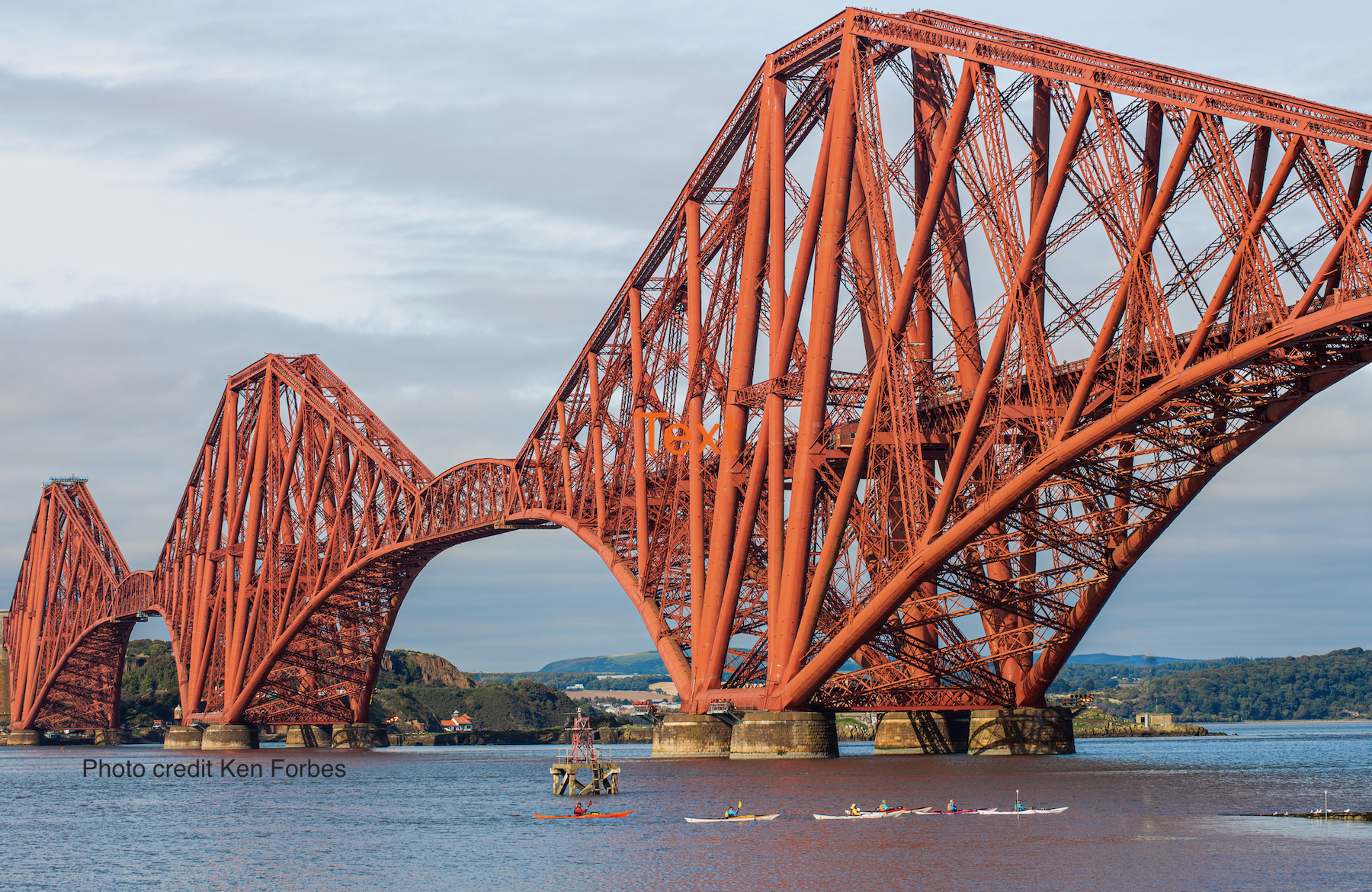What to take on a sea kayak expedition?

For many kayak camping trips you will need to be self-sufficient for the duration of the trip with limited or no access to shops, cafes, campsites toilets or showers.
If you haven’t camped from a kayak I would be delighted to help and advise. It is highly recommended that you practice packing your kayak before your trip.
This is a list based on what I find works for me paddling in Scotland in the months of May – October.
It is recommended that all kit be packed into small dry-bags (about 3-5 litres) for going into your kayak hatches and utilising all the small spaces. If you have a bigger kayak you might get away with bigger bags. Dry bags are available by brands such as Alpkit, Exped, Lomo.
Equipment and kit list
- All personal kayaking equipment – including boat, paddles, buoyancy aid and spray deck – unless you have arranged to hire
- All personal clothing for kayaking – if you have a choice of clothing and are unsure, I like to leave my decision to the last minute and leave surplus gear behind in the car.
- Sun hat and sun glasses
- Large windproof cagoule for wearing at lunchtimes that can go over a buoyancy aid – yes EVEN in summer!
- Tent – this should at least 3 season rated to be able to withstand unpredictable Scottish weather conditions – no pop up tents please.
- Sleeping bag – appropriate for the time of year 2-3 season. Your sleeping bag should have an indicated comfort temperature on it so you can check it’s suitable. Make sure you can pack it small enough to fit in your boat. I use a down bag stored in two good dry bags to ensure that it will stay dry at all costs.
- Sleeping mat – well insulated, small packable.
- Stove, fuel & lighter/matches, plus spare lighter – I use a Trangia with gas
- A cooking pot & cutlery, plates and a big mug, plus a container for beer/wine
- Food – pasta, packet rice, noodles, smash that takes very little water to cook, tinned fish, some fresh food for first few days. Porridge sachets, musli, powdered milk, almond flour for extra protein, custard, packet soups, The supermarkets have quality packet and tinned meals – look for the higher calorie ones, aim for minimum 600 calories for evening meal! Tea bags, hot chocolate, hydration tablets. Lay out the food for each day and be realistic about what you might eat. I like to plan out food for each day, e.g breakfast, lunch, snacks, dinner, drinks X number of days. If you want me to write a list for you please get in touch.
- Lunches: wraps, pittas, oatcakes, squeezey pate/cheese, crackers, chocolate, lots of easy access snack bars, savoury nibbles. I pack my lunch food separately from my main meals
- Lunch bag/box, water bottle, flask – I use juice concentrate for my flask
- Water bags / containers – depending on where we make camp there might not be an option to refill water bottles, so make sure you have enough drinking water for at least 2 days paddling plus anything you might need for cooking. I usually allow around 3 litres per day. Ortlieb or MSR make good robust water bags in different sizes which are ideal.
- Spare kayaking thermals
- Warm clothes layers for wearing round camp
- Wind / waterproofs for wearing around camp – lightweight ones are sufficient. Warm hat.
- Shoes appropriate for wearing round a wild campsite. Ideally these are waterproof with good soles if we go for a walk. Sometimes Crocs are good as an extra. Waterproof socks are also useful.
- Sleeping clothes – I pack foam ear plugs and a buff for blocking out the sunlight at 3am
- Personal toiletries: Ensure any soap is safe for using in the wild. Baby wipes are useful for “washing”.
- Toilet bag – toilet roll, lighter, trowel and bags – all stored in small dry bag – I now aim to leave to toilet roll as many spots are getting more popular – using seaweed is the best option. Toilet roll can be burnt as long as there is zero fire risk. A trowel used for using inland.
- Any personal medication, contact lenses, etc.
- Personal first aid kit – as a guide I carry a decent sized one but it doesn’t harm for group members to have your own small supply of painkillers, anti-histamine, Sea sickness tablets.
- Midge repellent and midge head net – Essential!
- Several small rubbish bags – we pack all our rubbish out and aim to Leave no Trace
- Money – debit card and a decent amount of cash
- Big bags for carrying all this up and down the beach – IKEA or similar
Less essential
- Camping chair I use the thermarest converter
- Coffee making – camping cafetiere
- Beer/wine – Cans are easier and lighter than bottles to transport when empty, you can decant wine into dedicated camping wine bottles.
- Very small camping towel – buy one and cut it in half?
- Camera – waterproof
- Phone + a power bank, cables
- Swimming trunks/costume
- Maps OS 1:50000 / Charts / Tidal information – I obviously carry this Information
This excellent video from kayak coach and guide Roddy McDowell which will show you How to Pack a Sea Kayak. I highly recommended that you do a test pack of your kayak before an exped.
